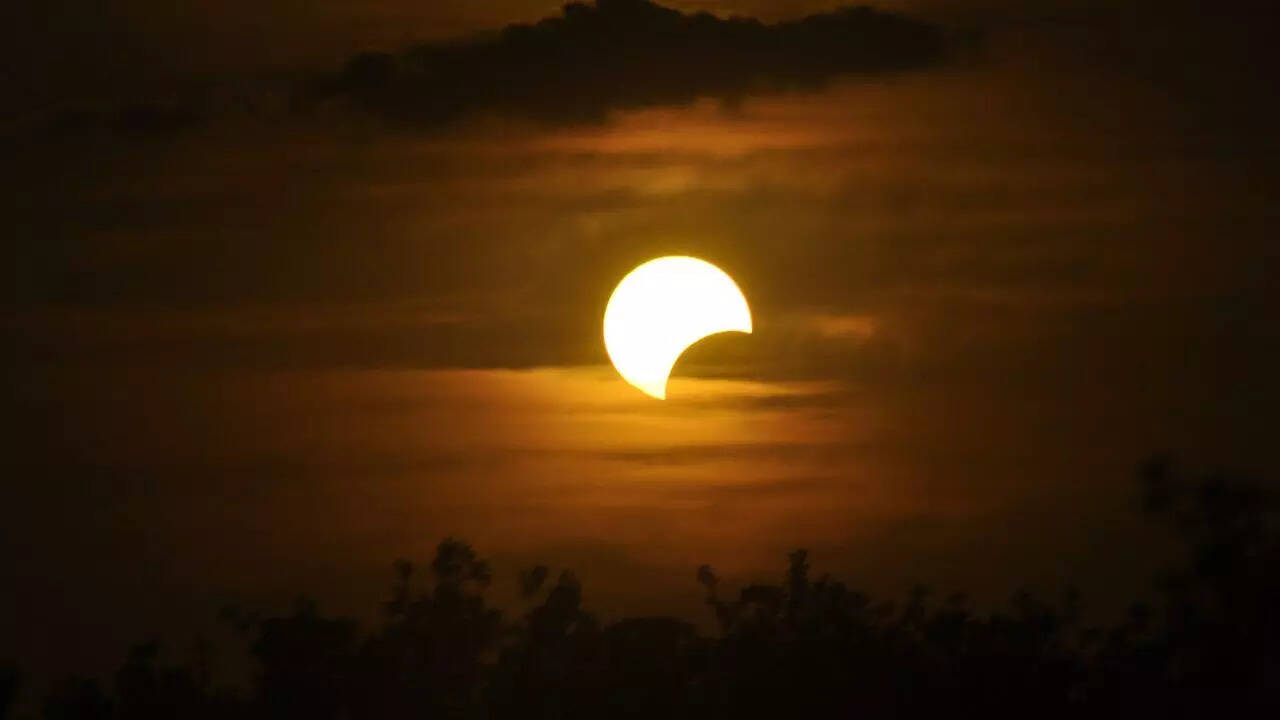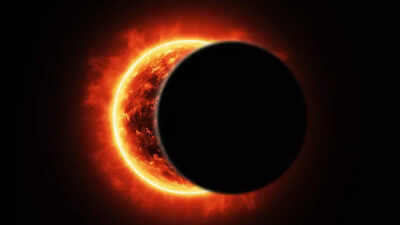The moon’s passage across the sun has long captivated human immagination, turning bright daylight into a surreal twilight. Such Celebial Events showcase the delicate alignment of the Earth, Moon, and Sun, Reminding Us of the Precision of our Universe. In September 2025, Skywatcher will witness another remarkable solar eclipse, the last of the year. This event will be a partial eclipse, with the moon obscuring a significant portion of the sun in certain regions. However, the timing places it below the Horizon for India, Lending the Country Unable to View It Directly. INTEAD, the spectacle will unfold account the southern hemisphere, where locations like Eastern Australia, New Zealand, and Antarctica will enjoy the best views.
Solar eclipse September 2025: Date and time
The final solar eclipse of 2025 is scheduled for September 21, 2025. This will be a partial solar eclipse, where the moon covers only part of the sun’s SUNCE INTEAD of Completely Blocking It. In some locations, up to 85% of the sun’s disk will be obscured.The event will begin at 10:59 pm ist on September 21, Reach its Maximum at 1:11 AM IST on September 22, and end at 3:23 am IST. Unfortunately, for India, the timing means the sun will alredy be be below the horizon, make the eclipse invisible to Viewers Accounts the Country.

Solar eclipse 2025 Global Visibility
The September eclipse belongs to the skies of the southern hemisphere. Skywatches in Eastern Australia, New Zealand, Antarctica, and the Pacific Islands will witness the celebration.In these regions, the moon will partally covers the sun, with the most dramaatic views expected over parts of antarctica, where most of the Sun will disappear behind the lunar shadow. Vast Stretches of the Pacific Ocean will also also Experience the Event, Giving Island Communities An Awe-Inspiring Glimpse of the Eclipse.On the other hand, countries in asia, Africa, europe, and the americas, include India, will complete complete Miss this solar phenomenon.
Why is it called a ‘partial solar eclipse’
A Solar Eclipse Occurs when the Moon Passes Directly Between the Earth and the Sun. Depending on the alignment, different types of eclipses are observed: Total, Annular, Hybrid, Or Partial.In September 2025, The Moon’s Shadow will not fully covers the sun, Placing observers in the penumbra -the lighter part of the shadow. This results in the sun appearing as if a “bite” has been taken out of it, creating the partial eclipse effect.
Will India see any solar eclipse in the middle future
For Indian Skywatches, Patience is required. The next solar eclipse visible from India will occur on August 2, 2027. Although not total, it will provide a rare opportunity to experience the sun’s partial obscuration from home.Until then, Enthusiasts in India Can Reely on Global Live Streams and Observatorial Footage to Follow the September 2025 Eclipse, even if they cannoted in the skies about in the skies it.
Upcoming solar eclipses after 2025
Astronomers Note that eclipses often Arrive in Pairs or Clusters, Depending on the Alignment of the Sun, MOON, and Earth. After the September 2025 Event, The year 2026 will deliver some of the most remarkable eclipses of the decade.
- In February 2026, Annnular Solar Eclipse, often Called The “Ring of Fire,” will be visible over antarctica.
- In August 2026, A Total Solar Eclipse will Sweep Across the Arctic, Greenland, Iceland, and Parts of Spain, Promising BreathTaking Sights.
These events highlight the global appeal of eclipses, as different regions of the world get their turn to witness these rare alignments.
Significance of solar eclipses
Even thoughts the September 2025 Partial eclipse won’t be visible in India, such events remind us of the precision of Celetal Mechanics, Orbital Patterns, and gravitational harmony. The predictability of eclipses showcases the perfect balance in the Sun -Moon -Earth System and Highlights Centuries of Astronomical Calculations. Each eclipse, bether seen or missed, services as a reminder of our planet’s place in the wider cosmos and inspires curiosity, scientific study, scientific study, starsing, and a Deeper Appreciation Foreers Intricate design.For Observers in the southern hemisphere, September 21, 2025, will be a night to remumber. For India, the skies will remain unchanged until 2027, when the moon once again aligns to partially dim the sun.Also read | Warning! Solar flares surge to 108 million degrees, threatening satellites, astronauts, and global technology



